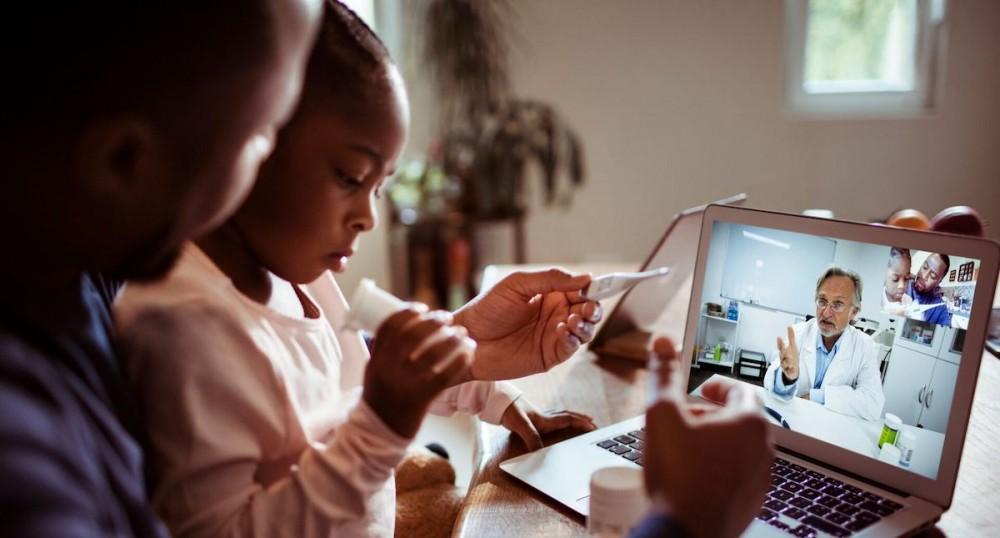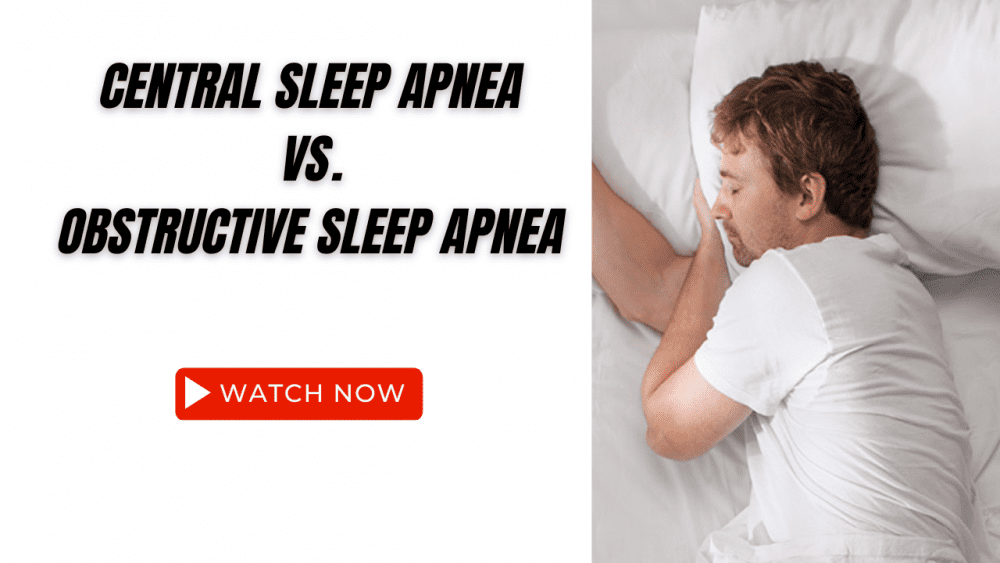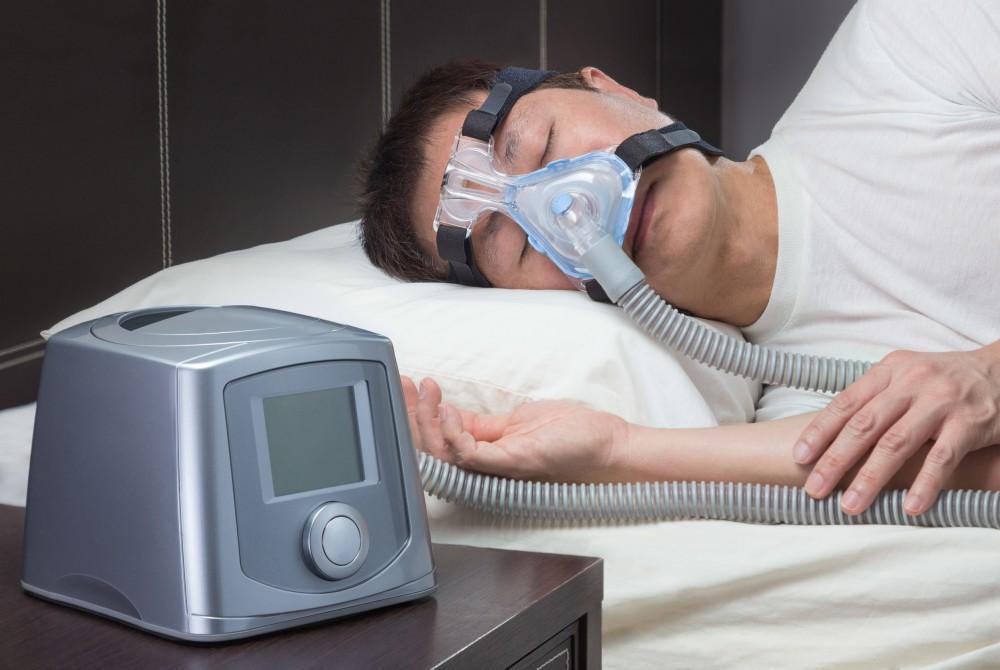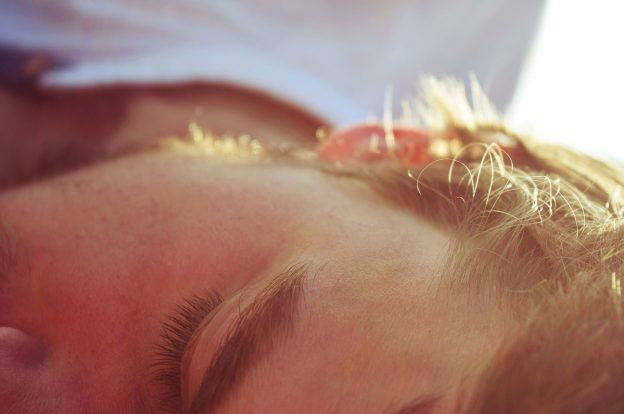
5 Good Reasons for Getting Rid of Daylight Saving Time

We’re halfway through the first week of Daylight Saving Time, or DST. If you’re like me and many others, you’re still having trouble getting up in the morning. And who could blame you? Not only has your sleep and wake schedule been abruptly shifted by one hour, you are now heading to work or taking the kids to school in the morning literally BEFORE the crack of dawn! It’s pretty crazy. Just a week ago, we were enjoying the morning sunshine on our way to work and school, and this week we are making the morning trek in the darkness. And for what? Every year we’re inundated with cheerful reminders to “Spring Ahead” by sacrificing an hour of sleep, and every year people feel the negative effects of DST.. Still, like hamsters on treadmills, we perform the yearly ritual of setting the clocks forward and slogging through disrupted schedules and depleted health without ever considering the reasons for getting rid of daylight saving time altogether. After all, what harm can one less hour of sleep really do?
Well actually, quite a lot.
As a Sleep Health Physician and Sleep Scientist, I strongly support eliminating DST because of the harmful effects it has on Americans for at least two weeks following the event every year. And that doesn’t even include all of the deaths and injuries that occur because of the spike in sleep deprivation and decrease in cognitive function during this period. Finally, some states are considering dumping DST for good. Arizona and Hawai’i have already opted out, and this year Texas is considering doing the same. In the House of Representatives, Rep. Jason Isaacs introduced HB 2400 to this year’s legislative session, and if it passes, Texans won’t have to go through the hassles of lost sleep and metabolic upheaval every Spring. A similar senate measure from Sen. José Menéndez hits at the practice from the other side of the aisle. Both proposals acknowledge that there are more reasons for getting rid of Daylight Saving Time than keeping it. We wholeheartedly agree. Here’s why:
1. There are negative health effects associated with daylight saving time
A lot of the reasons for getting rid of Daylight Saving Time have to do with the negative health effects of losing an hour of sleep, for which there is plenty of evidence. That one hour disrupts our sleep patterns and throws our circadian rhythms out of whack. Hormones fluctuate as a result, and sleep suffers for far longer than one off-putting morning. Some scientists believe that the effects of DST last up to two weeks for most people, and longer than that for others. Loss of sleep can contribute to metabolic turmoil, weight gain, mood instability, irritability, and increased risks for accidents while driving or working. Furthermore, many sufferers of seasonal affective disorder (SAD), which results from a lack of sunlight during the winter months, are suddenly pushed back into the darkness in the morning after DST. That loss of morning sunlight takes up to one month to return with the increasing daylight of Spring. So while we await the longer daylight hours, these SAD sufferers (pun intended!) will have to struggle for even longer thanks to DST.
When sleep suffers, health suffers, and the sleep disruption specifically due to DST has been studied and associated with both minor health concerns — an uptick in cluster headache sufferers, for instance — and major ones, too.
.The rate at which people experience or are hospitalized for heart attacks and stroke, and other fatal cardiac events goes up significantly after DST. For instance, The University of Alabama at Birmingham found a 10% increase in heart attacks the Monday after the DST began. Similarly, the American Academy of Neurology presented evidence in 2016 that stroke risk rises by 8%.
2. Daylight saving time contributes to safety risks
There is an annual increase of workplace and automobile accidents every year when we turn our clocks forward. Because DST can fragment the circadian rhythm, which can take days if not weeks to reset, we’re less likely to experience the deep restorative sleep that sharpens mental acuity and increases reaction time. Without that, we’re more likely to get hurt, which is what one study found when they recorded an increase in both the number and severity of accidents among workers the Monday after DST.
The yearly increase in drowsy driving and workers attempting to function on lower quality and quantity sleep is not something we should take lightly.
The time change also requires people to go through their morning routines in the dark, and this lowered visibility poses its own unique risk to early commuters, pedestrians and even kids waiting at poorly lit bus stops before school. We cannot stress enough how devastating the effects of this loss of morning light is on people of all ages.
3. Children and the elderly are disproportionately affected by daylight saving time
There are two groups that tend to bear the brunt of the daylight saving time’s negative impacts. Children require more sleep the younger they are. Brains are busy when the body is at rest, and when a child’s sleep schedule is disrupted, it can hinder the cognitive development that takes place during sleep.
The elderly, on the other hand, are most likely to be affected by the health risks associated with DST. Remember that uptick in stroke risk? It skyrockets in people over 65 years of age with a risk that is 20% higher than the rest of the population.
4. Daylight saving time wastes money
While some industries stand to benefit from lighter afternoons and evenings, others take a harder hit. There are the tangible economic losses associated with the disruption — some economists have estimated that DST loses the economy as much as 1.7 Billion as a result of lost opportunity cost — and then there’s the intangible phenomenon of “cyberloafing.”
When people are tired, as they are after experiencing the disruption caused by DST, they tend to have trouble focusing and waste working time online to pass the day. The effects on Americans’ focus and concentration also increases the frequency of mistakes at work, decreased productivity, and increased absenteeism.
5. Daylight saving time is outdated and complex
It’s a myth that Benjamin Franklin is responsible for that hungover feeling you’re experiencing right now. His proposal to set clocks forward was completely satirical. Another myth is that DST was created to help farmers use more of the daylight. That’s actually kind of funny when you think about it. As one person pointed out recently, farmers go to work with sunrise and end the day with sunset. They don’t look at their clocks.
The real reason we have daylight saving time has a lot to do with widespread access to electricity and it wasn’t implemented until about a century after Franklin ever joked about it. DST was proposed to save energy, which isn’t a bad idea. But it is an outdated one, and like a lot of ideas we had about science at the turn of the century, it’s wrong. America started observing DST in 1917 and in 1975, DST was found to reduce energy waste by a whopping 1%. By 1976, we figured out daylight saving time wasn’t significantly reducing energy waste at all. Depending on where you live in the country, energy consumption even increases as a result of DST.
It’s also needlessly complicated: different states and countries start and end DST at different times or don’t participate at all! In a global world, that can mean logistical and communicative headaches.
With all these reasons for getting rid of daylight savings time, it’s difficult to fathom why we continue to put ourselves through it each year. It no longer serves its intended purpose of saving electricity, and DST negatively impacts our health, is overly complicated, costs us money, and puts our most vulnerable populations at risk. Americans deserve better. We should propose sweeping legislation to end DST in our country. It’s time to put DST to bed!

You Might Also Enjoy...


Dr. Kakar Products

Central apnea vs. Obstructive sleep apnea

Warning to Patients about Ozone Cleaners

Ways to Help You Keep Hope Alive

